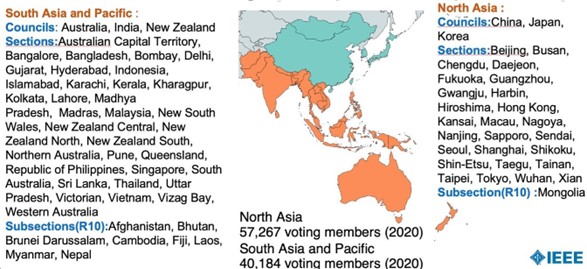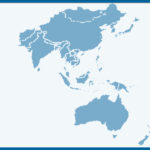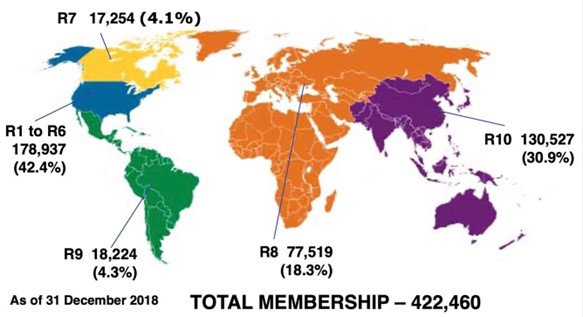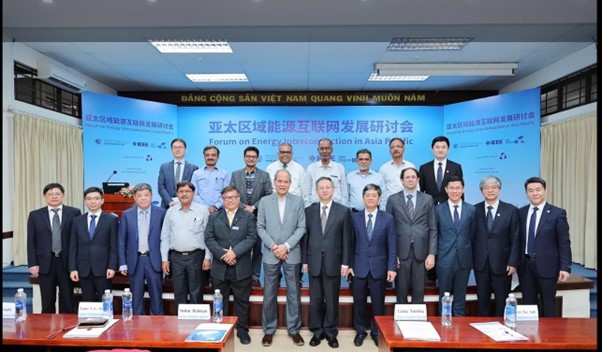Author: Akinori Nishihara, Region 10 Director 2019-2020
IEEE Regions
IEEE Constitutions Article VI Sec. 2. defines that “The territory of the IEEE shall be divided, at the discretion of the Board of Directors, into geographical areas known as Regions, which shall be specified in the Bylaws”.
The current IEEE Bylaws I.402 defines Region 10 shall consist of North Asia, the Oceania countries, and Asia, excluding the countries west of Pakistan, north and west of Afghanistan, and north of Mongolia and China. The recent revision added Appendix B saying Region 10 shall consist of North Asia, and Region 11 shall consist of South Asia and Pacific (effective 1 January 2028). The merger of Region 1 and Region 2 is also stated in the Appendix.
History of IEEE Region 10
In 1963 IEEE was formed by the merger of AIEE (established in 1884) and IRE (established in 1912). At that time IEEE had 150,000 members (140,000 in the U.S.), and the number of Regions in the U.S. was reduced to 6 and Canada became Region 7. New Region 8 was formed comprising Europe, Middle East, and North Africa. The rest of the world was Region 9 till 1966. Region 9 was limited to South America and the “rest of the world” became Region 10 in 1967. Region 9 was limited to South America and the “rest of the world” became Region 10 in 1967. In 1981 Southern Africa was transferred from Region 10 to Region 8, and Region 10 was described as Asia-Pacific Region.
In terms of voting membership, the ratios are 24.7% (Region 10), 18.7% (Region 8), and 14.7% (Region 6), respectively. As of 31 December 2022, Region 10 had 161,371 members, or 37.7% of the world membership, more than 35.9% in the U.S.
Region Realignment to Improve Diversity at Board Level
Each Region elects Region Director every two years to represent the Region members on the Board of Directors. For the fair representation of members, the size of each Region should be 10%. In the above situation, IEEE Board of Directors does not have fair diversity. That is why the discussion of Region Realignment started in Member and Geographic Activities (MGA) Board in 2018.
The number of Regions was assumed to remain unchanged at 10, the same as the number of Divisions. Regions 8 and 10 wished to elect two Directors each without splitting the Region, but the Governance Committee denied that. Therefore, the only option left was to split/merge existing Regions. Directors of U.S. Regions said they could reduce the number of Regions by 1, but 2 is difficult. In this way, Regions 8 and 10 began to consider their division methods.
In Region 10, Dr. Zia Ahmed, R10 Vice Chair (Members Activities), and I prepared a discussion paper entitled “Realignment of Regional Boundaries for Better Membership Representation at the IEEE Board of Directors” in August 2019. That included five options; simple splits of Region 10 and making three Regions from the current Regions 8 and 10. We distributed the discussion paper to Region 10 Executive Committee members, and then to all the Section Chairs in Region 10. We received feedback from 43 geo units including 7 new proposals. Region 10 Committee members voted for those twelve options in the 2020 Region 10 Meeting and narrow them down to three. In May 2020, we presented those three options, their voting membership distributions in the last three years, and the advantages and disadvantages of each, and asked the R10 Committee members to vote again to determine the final splitting plan. The resulting plan is shown in Figure 2.
Decisions Made
Discussions continued in 2021 and 2022, The IEEE MGA Board and the IEEE Board of Directors concluded to divide Region 10 into two and merge Region 1 and Region 2, effective 1 January 2028. See the following two articles in IEEE The Institute;
“IEEE Is Working to Reconfigure Its Geographic Regions”, IEEE The Institute, 07th September 2022
“IEEE Is Realigning Its Geographic Regions”, IEEE The Institute, 28th February 2023
In addition, the Board formally approved the concept of zones and zone representatives. A zone is a substructure within a region with a significant number of members. Region 10 thus has two zones as shown in Figure 1. As Lance Fung, current Region 10 Director, resides in South Asia and the Pacific, Section representatives elected Seishi Takamura as the Region 10 North Asia zone representative. His role is to assist in the region and to provide an additional voice for members within the region, as well as represent them on the MGA Board. Region 8 has two zones, too. The current IEEE Bylaws Appendix B states these updates.
Preparations for the Region 10 Division
To smoothly divide Region 10 into two, and merge Regions 1 and 2, MGA established Region Realignment Implementation Ad Hoc Committee. The Committee is creating a roadmap for Region Realignment.
In our Region, Region 10 Nominations and Advisory Committee works for Region-level matters such as:
- Bylaws
- Operation Manuals
- Election schedules
- Websites
- Reserve split
- Region meetings and flagship conferences
- Region awards
in cooperation with MGA Region Realignment Implementation Ad Hoc Committee.
Region 1 and Region 2 will prepare similar items for their merger.
Future of Our Regions
We have been well managing this huge Region 10 for a long time while enjoying our diversity in geography, culture, and minds. I trust the two new Regions will operate closely through discussion, cooperation, and helping each other for the benefit of humanity.
The recent trend suggests that the two new Regions will grow further in the future, and we may eventually need another realignment. Even if so happens, I am sure we will come up with another excellent solution by then.





